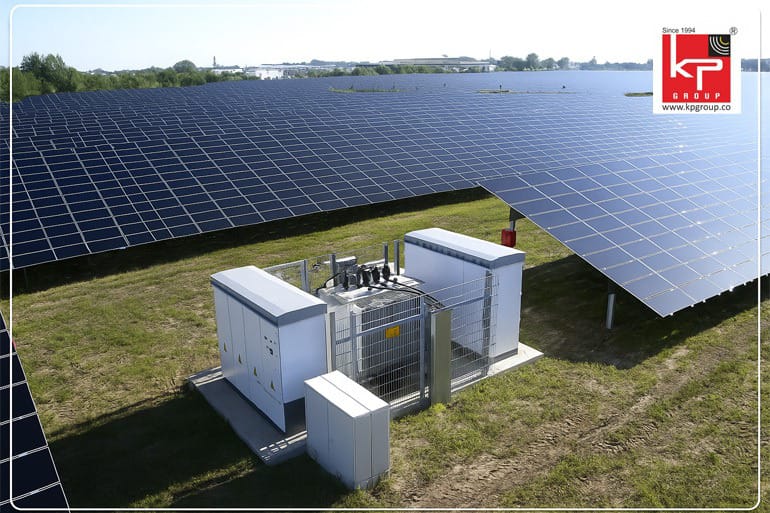Why Captive Power Is Important In India
Industries in India cannot afford an unstable electricity supply. Grid tariffs rise without warning. Outages disrupt production. A Captive Power Producer (CPP) gives businesses control. By investing in their own renewable plants, they secure steady supply and reduce exposure to volatile costs.
This is already common in textiles, metals, chemicals, and heavy manufacturing. These sectors run on uninterrupted energy. Captive renewables are helping them achieve that reliability while meeting long-term cost goals.
Shifting From Fossil To Renewables
For years, CPPs were built around coal or diesel. They solved one problem but created another. High running costs, poor efficiency, and heavy emissions.
Today the picture is different. Solar and wind dominate new captive capacity. Costs of panels and turbines have dropped. Regulations favor renewables. Developers such as KPI Green Energy offer structured models that make adoption simpler. Hybrid plants are gaining ground because they smooth out fluctuations. Solar works best during the day while wind often performs at night. Together they cover most of the demand without full dependence on the grid.
Policy Support For Captive Power
India’s renewable policies encourage industries to build captive plants. Open access, net metering, and flexible project approvals have pushed investment forward. The central government links renewable adoption with national energy security. State-level frameworks add further support, making it easier for businesses to shift from fossil to green captive supply.
The outcome is visible across industrial clusters. Solar parks in Rajasthan, wind corridors in Tamil Nadu, hybrid projects in Gujarat. A significant portion of the power generated goes directly into captive use for industries.
Economics That Drive Captive Projects
CPPs are first about economics. A fixed renewable tariff over twenty years is a better deal than rising grid rates. This stability appeals to businesses under pressure to keep margins in check.
The initial capital outlay is no longer a major hurdle. Financing models spread costs across the project life. Build-own-operate structures, common with firms like KPI Green Energy, let industries avoid heavy upfront spending. Over time, these projects reduce electricity expenses by as much as 40 percent.
Why Infrastructure Quality Matters
Not every CPP runs as expected. Poor design, substandard mounting structures, or weak cabling can shorten plant life. A solar module mounting structure, when made with proper fabrication and galvanizing, prevents corrosion and keeps efficiency high.
Some companies cut corners. Those plants show problems within years. That is why choosing the Best Solar Company in India matters. A reliable partner provides strong engineering and long-term support.
Beyond Compliance
Many industries first entered renewables because of environmental rules or investor expectations. But once the plants were running, the financial case became obvious. These projects are not just for reports or ratings. They are strategic assets that lower risks tied to unpredictable energy markets.
CPPs protect industrial growth. They give companies freedom to plan expansions without worrying about unstable electricity supply.
India’s Place In The Renewable Map
India is not just building renewables for grid supply. Captive projects are at the core of its industrial energy planning. Solar and wind capacity developed for CPPs ensures that factories keep running and export commitments are met.
KPI Green Energy and other developers are key in this shift. They provide integrated solutions that combine project design, fabrication, and operations. Their work shows how the Captive Power Producer (CPP) model strengthens both industry and the national energy transition.
The Next Stage Of Captive Power
Hybrid systems with storage are the next step. Battery costs are still high but falling steadily. Early adopters will gain stronger energy independence. Industries are also moving toward digital monitoring. Predictive maintenance and data-driven controls reduce downtime, which directly protects productivity.
Final Word
India’s renewable growth story is tied closely to captive power. A Captive Power Producer (CPP) is now a necessity for industries seeking cost control and reliable supply.
The success of these plants depends on good engineering, strong fabrication, and the right partner. Working with the Best Solar Company in India such as KPI Green Energy ensures that investments perform for decades instead of just a few years.
CPPs are no longer a side option. They are shaping India’s energy future and keeping its industries competitive.
